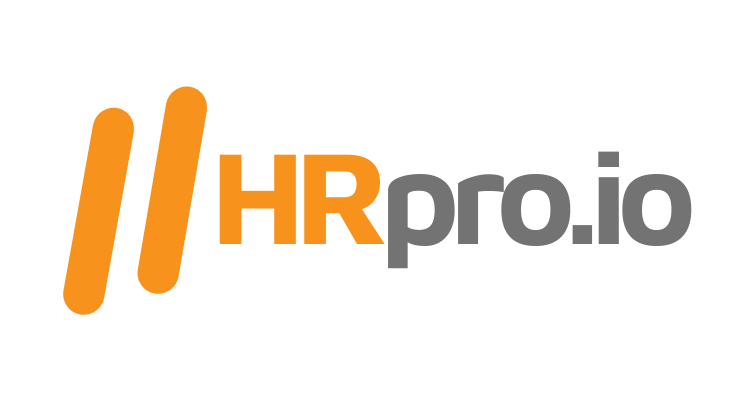From programs for small employers to large enterprises, you have options.

When selecting group health insurance for your employees, it’s essential to understand the different healthcare funding mechanisms available. Here’s a brief overview of the main types:
- Fully Insured:
- The traditional model where the employer pays a fixed premium to an insurance carrier, which assumes the financial risk of providing healthcare coverage.
- Partially Self-Funded (HRA):
- Employers pay for employee health claims up to a certain limit and purchase stop-loss insurance for catastrophic claims. Often paired with a Health Reimbursement Arrangement (HRA) to help employees with out-of-pocket costs.
- Level Funded:
- A hybrid approach where employers pay a set monthly fee that includes a portion for claims funding, stop-loss insurance, and administrative costs. If claims are lower than expected, the employer may receive a refund at the end of the year.
- Captive:
- Employers join a captive insurance group, pooling resources with other companies to share the risk of claims. This approach provides more control over plan design and the potential for cost savings through shared risk.
- Fully Self-Insured:
- The employer assumes the entire financial risk of providing healthcare benefits, paying out-of-pocket for all claims. This option offers the most control but requires significant financial resources and risk management.
Understanding these options can help you choose the best funding mechanism for your company’s healthcare plan, balancing cost, risk, and control.

Recent Comments